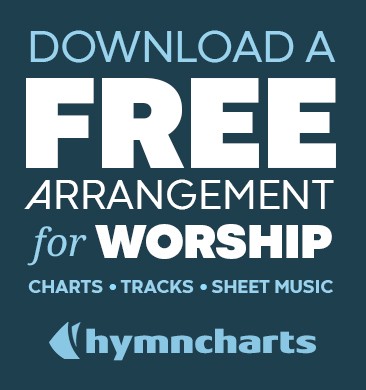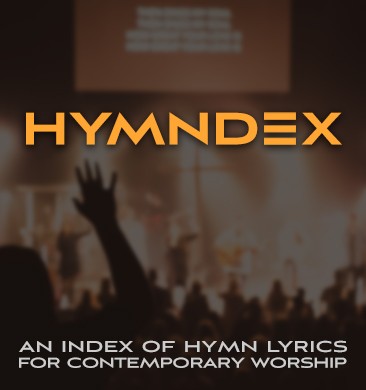I was recently talking to a worship leader with a dilemma: everyone in his band plays their instrument for all they’re worth, all the time, for every song.
It’s a typical problem – volunteer musicians want to be doing something on stage every minute. But good music is about dynamics – some people play on some parts of a song and they all play together (maybe) on the final chorus.
Step one is to decide who’s driving. I’m sure you’ve heard of a song referred to as being guitar or keyboard driven. And just like you could have a fender bender as you drive your car down the street, you could have a musical wreck in your praise band if you don’t know who’s in control.
A guitar driven song is generally in the key of D, E or G. You’ll usually find just one or two chords per measure, whereas piano music is a bit more complex – there might even be a different chord on every beat (think of the hymnal.) As you assemble your weekly praise set, decide which songs are keyboard driven or guitar driven. For instance, “Your Grace Is Enough” is a guitar song and “Breathe” is usually piano driven (for variety, try swapping – do a guitar driven song as piano driven.) I like to group guitar songs together and keyboard songs together, as in starting sets with two or three upbeat guitar songs and tapering down to a few piano ballads.
On guitar songs, let the guitarist take control by setting the tempo and providing the momentum. The keyboardist should take a back seat, adding fills and harmonic support, maybe playing just a string pad or other texture. If the next song in the set is keyboard driven, let the keyboardist take over the intro and establish the feel. The guitarist should drop to a supporting role, adding arpeggios or a light strumming pattern. Musicians should not get in the way of each other.
Of course, in a full band, the drummer will set the tempo and groove, but you’ll still need to maintain the delicate balance of driver and passenger. You want to avoid a musical drag race — you know, the musical power struggle that erupts when keyboardists and guitarists pound and strum for all they’re worth. In the context of “who’s driving,” your musicians will know who’s the leader and who’s in the supporting role for each song. With everyone playing appropriately, suddenly your praise set will gel and all will be well.
Bottom Line: By recognizing songs as being piano or guitar driven, you’ll improve the professionalism of your praise band as the appropriate instrument takes the lead.








